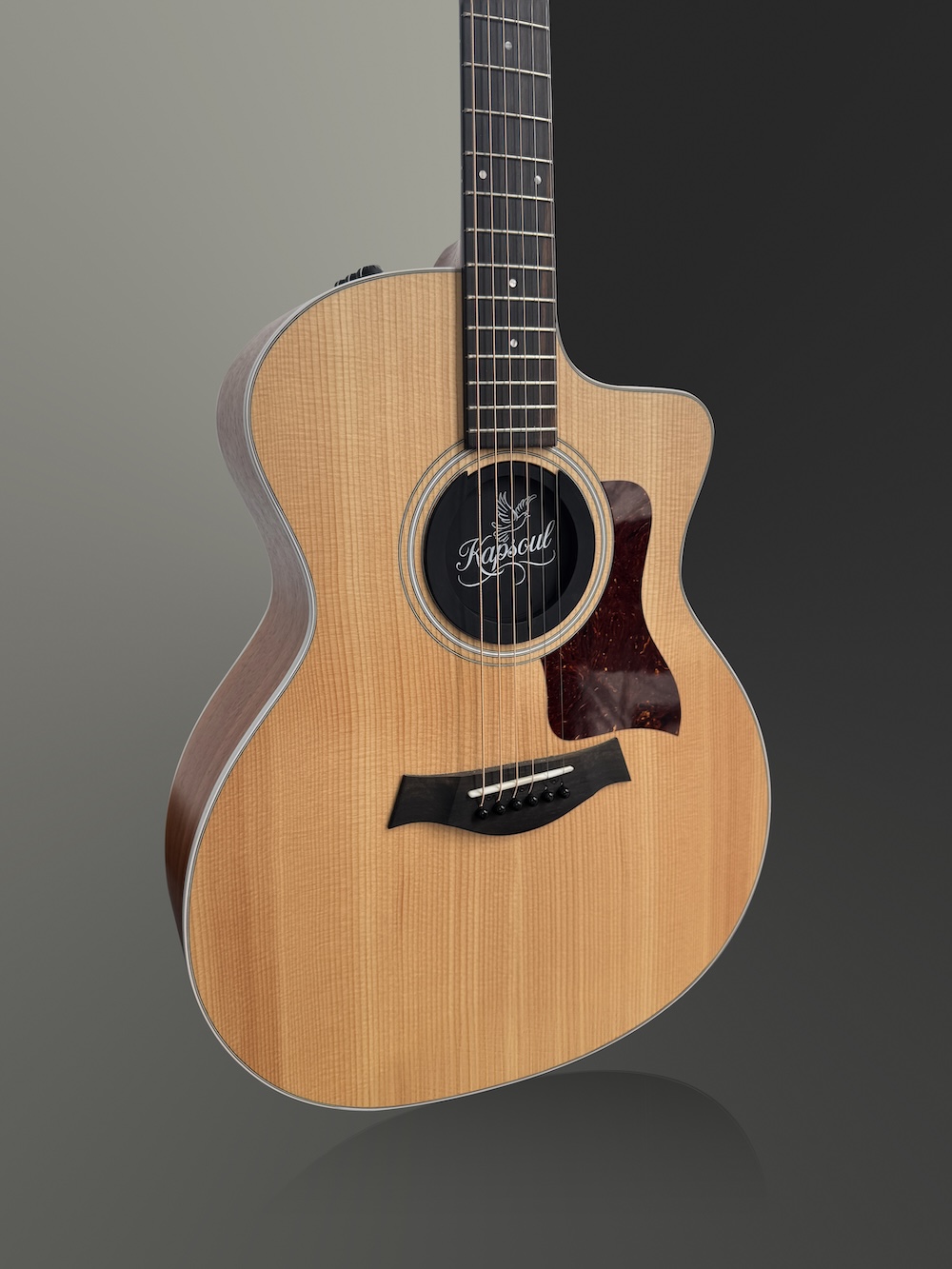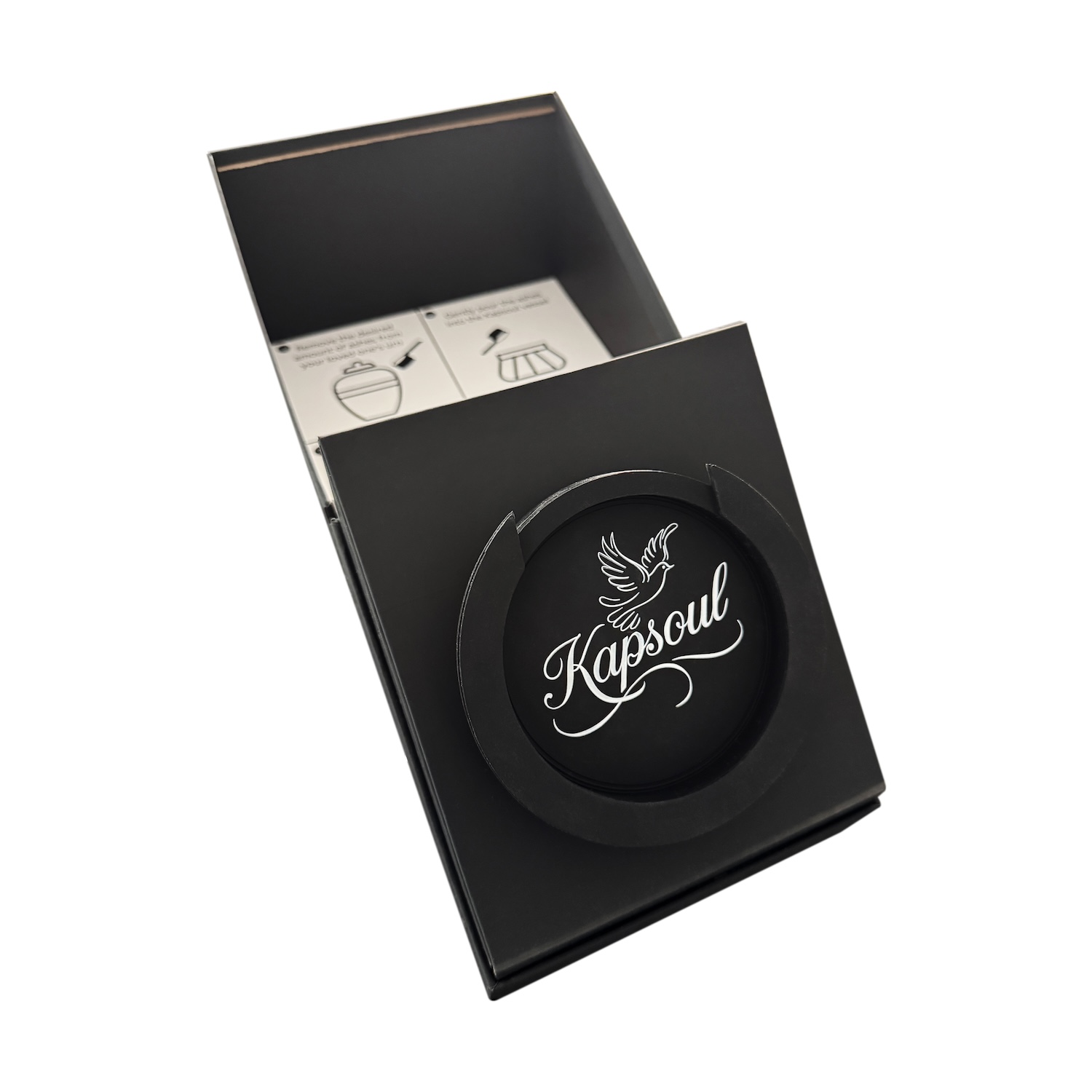Throughout my decades of teaching guitar, I’ve learned that music and memory share an extraordinary bond. When students lose someone dear to them, like a beloved pet, choosing special urns for pet ashes can be part of their healing journey. Their relationship with their instrument often becomes complicated—sometimes it’s their greatest comfort, other times it feels impossible to touch. What I’ve consistently observed is that those who find meaningful ways to honor their loved ones through their musical practice tend to heal more effectively and maintain their passion for playing.
This observation aligns with extensive psychological research on the role of memorial keepsakes in emotional healing. These tangible connections to our departed loved ones serve far more than sentimental purposes—they provide essential psychological anchors that support healthy grief processing and long-term emotional recovery.
The Psychology Behind Memorial Keepsakes
Modern grief psychology has moved away from the outdated notion that healing requires “letting go” of deceased loved ones. Current research emphasizes continuing bonds theory, which recognizes that healthy grief involves maintaining meaningful connections with the deceased while adapting to life without their physical presence.
Memorial keepsakes serve as physical manifestations of these continuing bonds. Dr. Nigel Field’s research at Pacific Graduate School of Psychology demonstrates that individuals who maintain tangible connections to deceased loved ones show better long-term adjustment and reduced complicated grief symptoms. These objects provide comfort during difficult moments and create opportunities for healthy reminiscence.
The neurological impact of memorial keepsakes is equally fascinating. When we interact with objects connected to deceased loved ones, our brains activate the same reward pathways associated with social connection. This neurochemical response can provide genuine comfort and reduce the isolation often experienced during grief.
For musicians, instruments naturally become powerful memorial vessels. The guitar you played together, the song they loved hearing you perform, or the chord progression that reminds you of shared moments—these musical memories carry profound emotional significance that can either support or complicate the healing process.
How Memorial Keepsakes Support Emotional Processing
Memorial keepsakes facilitate emotional healing through several interconnected mechanisms. They provide stability during the chaotic early stages of grief, offering familiar comfort when everything else feels uncertain. This stability creates safe spaces for processing difficult emotions without feeling completely overwhelmed.
These objects also serve as conversation starters—both internal dialogues with the deceased and external discussions with other grievers. Many of my students describe talking to their memorial guitars, sharing daily experiences or seeking guidance during difficult decisions. This ongoing dialogue maintains the relationship while acknowledging its changed nature.
Memorial keepsakes help regulate emotional intensity. During overwhelming grief episodes, focusing on a tangible connection can ground individuals in the present moment while maintaining their bond with the deceased. Conversely, when numbness threatens to disconnect grievers from their emotions, memorial objects can reactivate feelings in manageable doses.
The ritual aspects of memorial keepsakes cannot be overlooked. Regular interaction with these objects—whether it’s playing a memorial guitar, wearing a piece of jewelry, or displaying a photograph—creates structured opportunities for remembrance that integrate grief into daily life rather than compartmentalizing it.
KapSoul: Revolutionary Memorial Integration

Within this context of memorial keepsakes and their healing potential, KapSoul represents a groundbreaking innovation that transforms acoustic guitars into functional memorials. This specially designed soundhole cover fits guitars with standard 4-inch diameter sound holes and securely contains up to 8 ounces of a loved one’s ashes within its PPH (Polypropylene Homopolymer) interior lining.
What makes KapSoul particularly powerful as a memorial keepsake is its functional integration with musical practice. Unlike static memorial objects that serve purely commemorative purposes, KapSoul participates actively in every musical moment. When you play your guitar, string vibrations literally move through the space where your loved one rests, creating physical connection through sound waves.
The included scooper facilitates respectful placement of ashes, acknowledging the emotional weight of this process. This thoughtful design element recognizes that creating memorial keepsakes should be dignified experiences that honor both the deceased and the griever’s emotional needs.
Students who’ve integrated KapSoul into their instruments often describe profound changes in their relationship with both music and grief. The memorial presence transforms solitary practice into shared experience, reducing the isolation that can make grief feel overwhelming.
Essential Benefits of Memorial Keepsakes for Healing
Research and clinical experience reveal consistent benefits that memorial keepsakes provide throughout the healing process:
- Emotional Regulation: Physical objects provide grounding during intense grief episodes while preventing complete emotional numbness during difficult periods
- Continuing Connection: Maintain healthy relationships with deceased loved ones without denying the reality of their physical absence
- Ritual Structure: Create meaningful routines that integrate remembrance into daily life rather than relegating grief to special occasions
- Comfort Accessibility: Offer immediate emotional support during unexpected grief triggers or challenging anniversaries
- Story Preservation: Serve as tangible reminders of shared experiences and important relationship memories
- Identity Maintenance: Help grievers maintain aspects of identity connected to their relationships with the deceased
- Social Support: Facilitate conversations about loss and provide opportunities for shared remembrance with others
- Healing Progression: Support the natural evolution of grief from acute pain toward integrated remembrance
Cultural and Historical Perspectives on Memorial Objects
Memorial keepsakes have served healing purposes across cultures and throughout history. Ancient Egyptians placed personal objects in tombs to maintain connections with the deceased. Victorian mourning jewelry incorporated hair or photographs of departed loved ones. Mexican Día de los Muertos traditions create elaborate altars filled with meaningful objects.
These practices recognize universal human needs to maintain tangible connections with those we’ve lost. Modern psychology validates what cultures have understood for millennia—physical objects can bridge the gap between presence and absence, providing comfort while supporting healthy grief processing.
Guitar culture has its own rich tradition of memorial practices. Musicians have long customized their instruments with meaningful decorations, used guitars owned by deceased musicians, or dedicated performances to lost loved ones. KapSoul continues this tradition while offering unprecedented intimacy in memorial connection.

Addressing Common Concerns About Memorial Keepsakes
Some people worry that memorial keepsakes might prevent healthy grief progression by encouraging excessive attachment to the past. Research consistently contradicts this concern. Studies show that individuals who maintain appropriate memorial connections show better long-term adjustment than those who attempt to eliminate all reminders of their loss.
The key lies in the nature of the connection. Healthy memorial keepsake relationships support forward movement while honoring the past. They provide comfort and stability that enables grievers to engage with new experiences and relationships rather than keeping them trapped in memories.
KapSoul exemplifies healthy memorial integration by enhancing rather than restricting musical expression. Students often report increased creativity and emotional depth in their playing after installation, suggesting that the memorial presence supports rather than inhibits artistic growth.
Practical Considerations for Memorial Keepsake Selection
Effective memorial keepsakes share certain characteristics that maximize their healing potential. They should be durable enough to withstand regular interaction, meaningful enough to evoke positive memories, and practical enough to integrate into daily life.
Personal significance matters more than monetary value. A simple object with deep personal meaning provides more comfort than expensive items without emotional connection. The goal is creating tangible bridges to cherished memories rather than impressive displays.
For musicians, memorial keepsakes that integrate with musical practice offer unique advantages. They transform routine activities into meaningful rituals while ensuring regular interaction with memorial elements. This integration prevents the isolation that can occur when memorial objects become museum pieces rather than living connections.
Long-term Benefits and Healing Outcomes
Memorial keepsakes provide benefits that extend far beyond immediate comfort. They support the development of integrated grief—a healthy adaptation where loss becomes part of life story without dominating it. This integration enables individuals to honor their loved ones while building new experiences and relationships.
Research tracking grief outcomes over multiple years demonstrates that individuals who maintain appropriate memorial connections show reduced rates of complicated grief, depression, and anxiety. They’re more likely to report finding meaning in their loss and developing increased empathy and resilience.
For musicians using KapSoul, these benefits often manifest as enhanced creativity, deeper emotional expression, and stronger connections to their musical communities. The memorial presence seems to amplify rather than restrict artistic development, suggesting profound synergy between remembrance and creative growth.
Conclusion: Embracing Memorial Keepsakes as Healing Tools
Memorial keepsakes serve essential functions in emotional healing by providing stability, comfort, and connection during life’s most challenging periods. They validate our need to maintain relationships with deceased loved ones while supporting adaptation to changed circumstances.
KapSoul represents the evolution of memorial keepsakes from passive remembrance tools to active healing partners. By integrating memorial function with musical expression, it creates opportunities for ongoing connection that honor both our musical passion and our enduring love.
Understanding memorial keepsakes as healing tools rather than mere sentimental objects can transform our approach to grief support. These tangible connections provide genuine therapeutic value that complements professional counseling and social support, creating comprehensive healing environments that address both emotional and spiritual needs.
